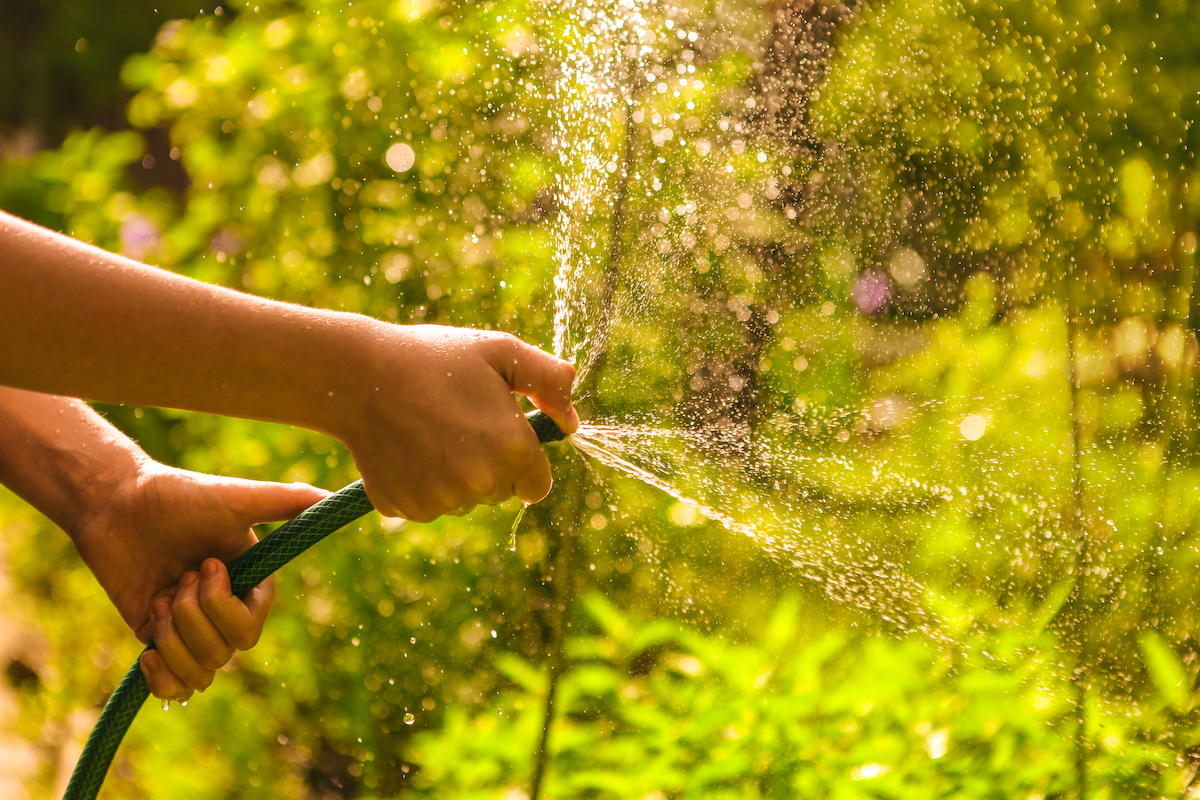

We may earn revenue from the products available on this page and participate in affiliate programs. Learn More ›
It’s no secret that heat waves are becoming more common around the globe. According to NASA, 19 of the hottest years on record have hit since the year 2000, and 2020 tied the record for the hottest year since 1880, when tracking began. The latest data on annual averages shows that temperatures rose 1.53 degrees Fahrenheit in 2021 alone. A University of Cambridge study published in May 2024 found that “2023 was the hottest summer in the Northern Hemisphere in the past two thousand years.”
Thousands of studies have shown that temperatures at the Earth’s surface are on the rise, according to the U.S. Global Change Research Program. In fact, U.S. Department of Agriculture plant hardiness zones are shifting north at a rate of 13 miles per decade. Temps are especially intense in major cities and hot spells are lasting much longer than they once did. These periods of extreme, suffocating heat have severe consequences for both people and the environment—including your garden. Here’s how to help your garden survive a stretch of ultra-hot weather.
1. Mulch Your Beds
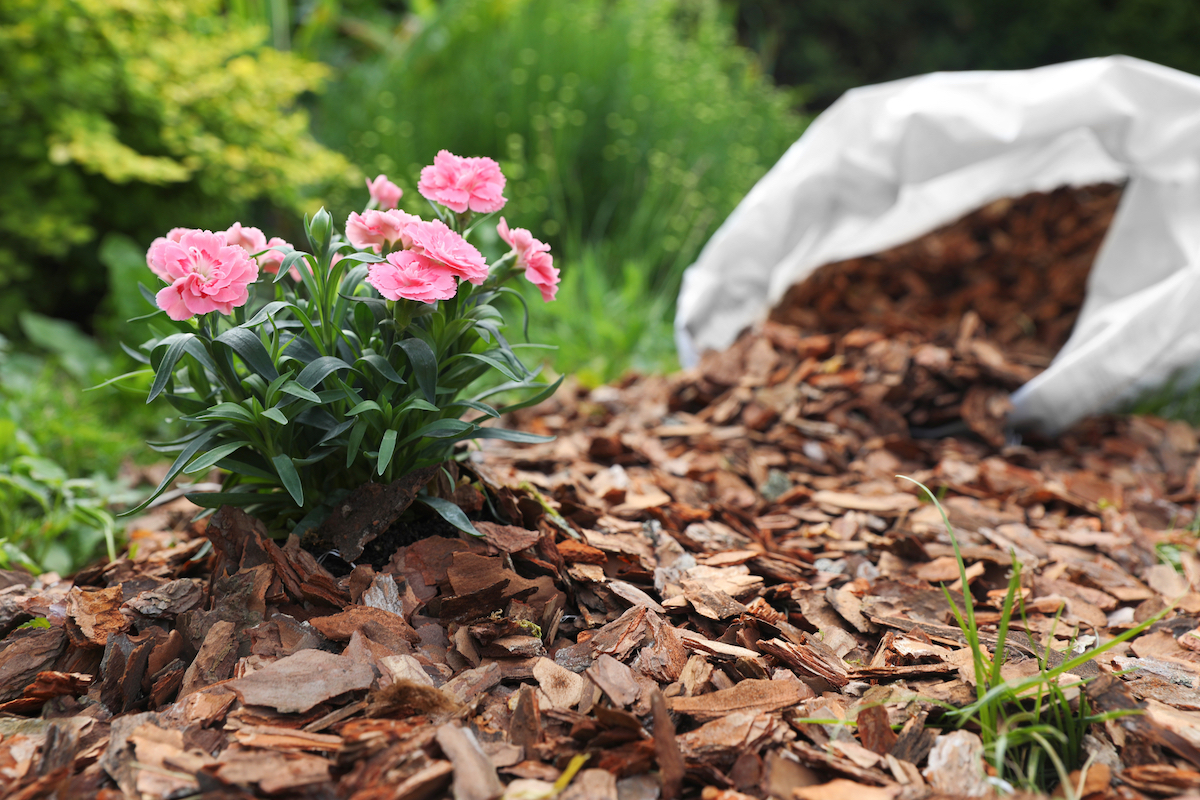
Adding mulch to your garden is one of the best things you can do to protect plants from hot summer weather. A layer of mulch conserves moisture and keeps the area around the base of your plants cool. You don’t need to get fancy with it: Shredded leaves, straw, and wood chips are all excellent options.
When applying mulch around the base of a tree or in a garden bed, be sure to lay it 2 to 3 inches thick, but don’t pile it on, as any thicker layer of organic matter can suffocate plant roots. And keep mulch a few inches away from the bases of trees; a mounded “volcano” of mulch at the base can lead to rot and disease.
RELATED: 16 Types of Mulch for Landscaping and Gardening
2. Add Shade
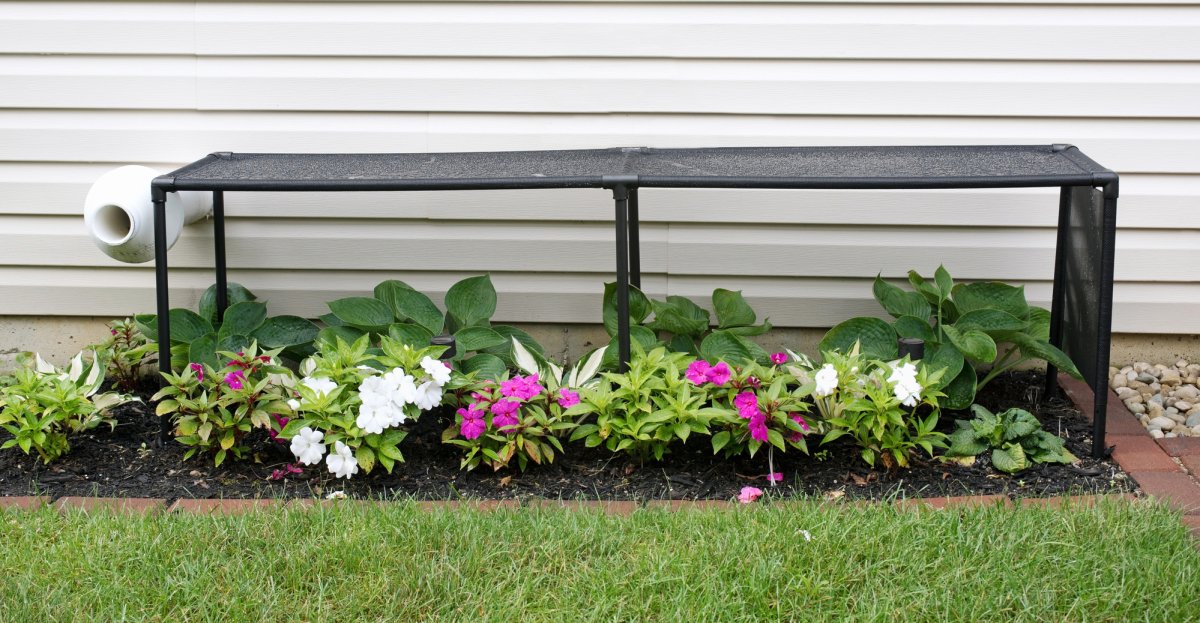
It can be challenging to grow cool-season greens in the summer without the help of some temporary shade, but even heat-loving plants can do with a little sun protection in extremely hot weather. Shade cloth, which can be laid over a greenhouse or installed over outdoor plantings, is easy to set up and remove, and it’s relatively inexpensive.
RELATED: 20 Landscaping Mistakes That Make Home Buyers Walk the Other Way
3. Water Regularly
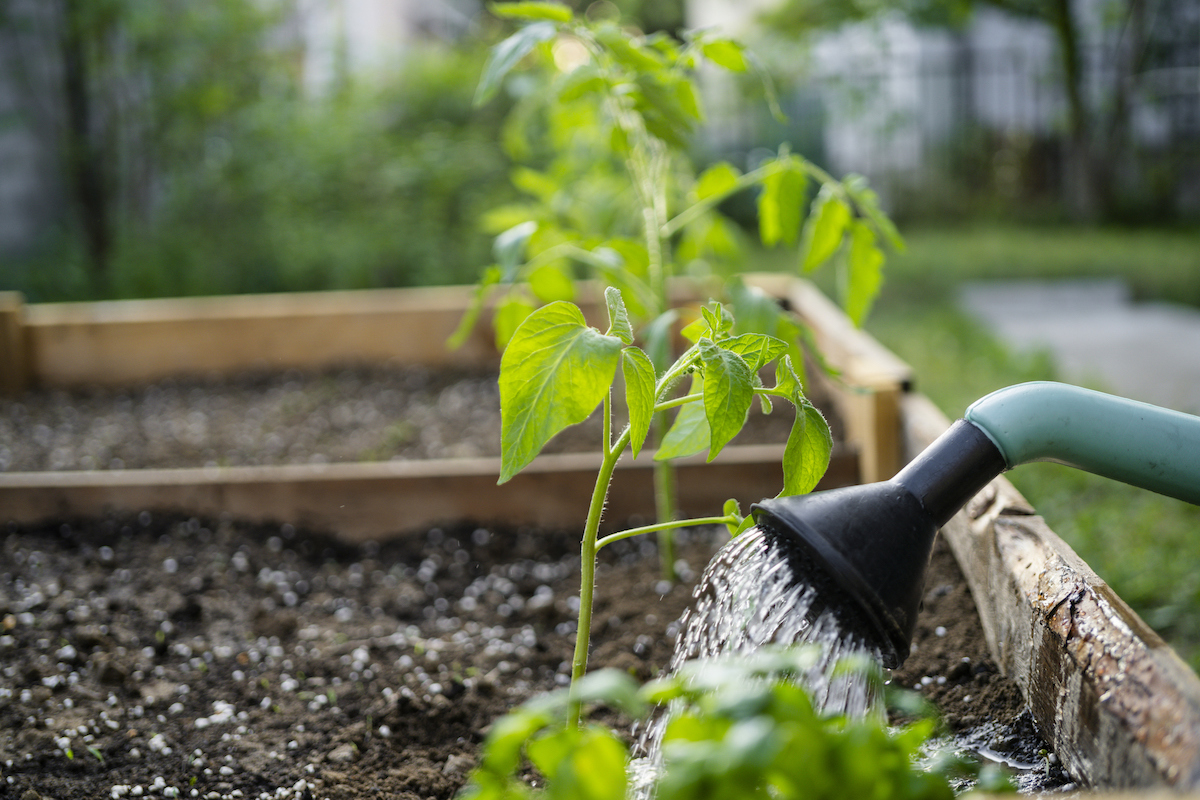
When it’s unusually hot your plants will be extra thirsty, which is why watering the garden in a heat wave is critical. Because extreme temperatures can impair plants’ ability to take up water via their roots, it’s important to water deeply during this time. (You might also consider Sunday Lawn Care’s Lawn Aid and Water Focus, a treatment regimen that boosts water retention in your soil and increases drought tolerance.)
Using a hose or watering can, water at the base of each plant and strive to avoid overspray on leaves. When the mercury rises, keep an extra close eye on your container plants. Potted plants are the first to suffer in a heat wave and will need more water than in-ground greenery.
RELATED: The Best Automatic Plant Waterers for Your Container Garden
4. Water Early
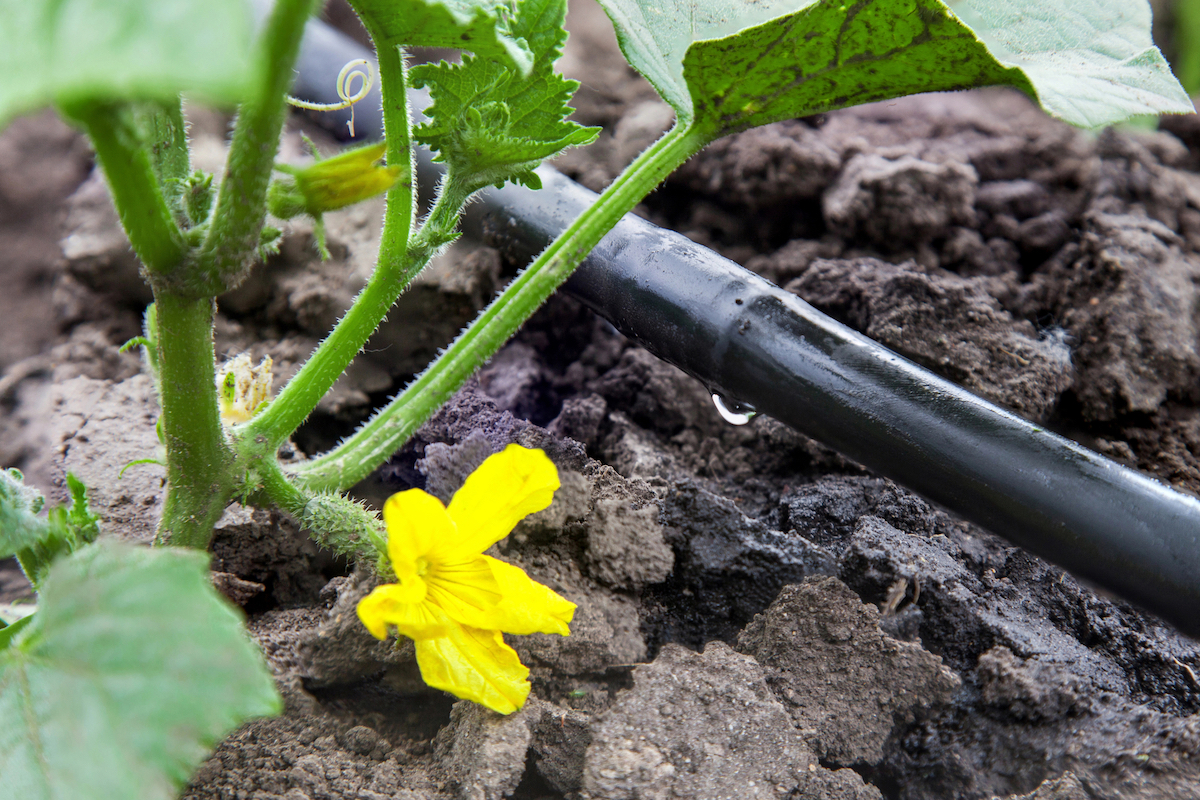
Watering plants early in the day, before the sun reaches its zenith, ensures that more droplets make it to the plants’ roots before evaporating. Water by hand, through a drip irrigation system, or with an adjustable hose nozzle to ensure that the water goes where it’s needed. Running the sprinkler might not be the most water-efficient approach during a heat wave, and in municipalities with water shortages, it might even net you a hefty fine.
5. Coddle Seedlings
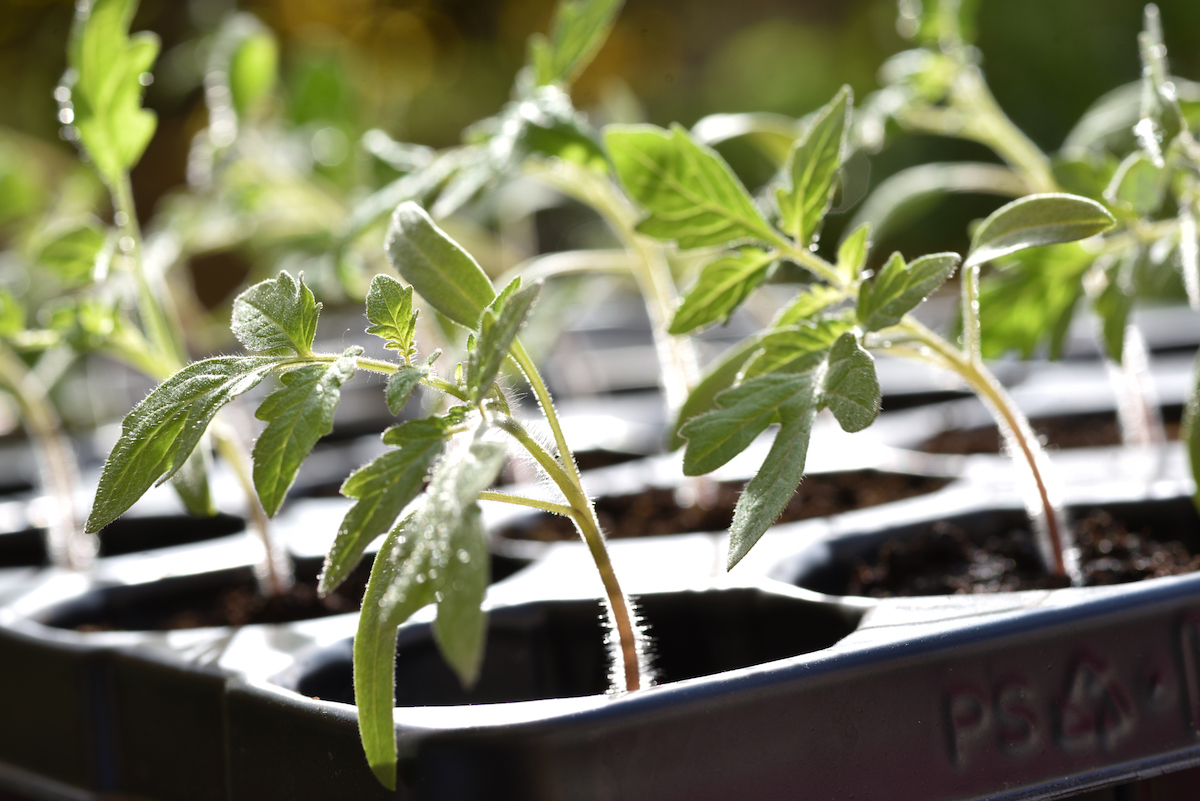
Mature plants can handle some stress, but newly planted seedlings and transplants won’t survive hot, dry conditions for long. Baby plants need coddling to get through a rough patch. If you have a huge garden, you may not have time to care for all that plant life during a heat wave, so focus your attention on young, vulnerable plants that are more likely to perish in the heat.
RELATED: 25 Easy-Care Plants That Survive With or Without You
6. Install Irrigation

Consider irrigating your garden with a soaker hose, a garden hose permeated with tiny pores that let water seep into the soil. The hose can be lightly buried under mulch or some soil, which almost guarantees that the water it releases will make it to your plants’ roots.
Water delivered in this way is much less prone to evaporation than water sprayed by a traditional sprinkler. If you invest in a digital hose timer for your irrigation setup, you’ll be able to enjoy hands-off watering. It’s the best insurance policy for summer heat waves.
7. Avoid Stressing Your Plants
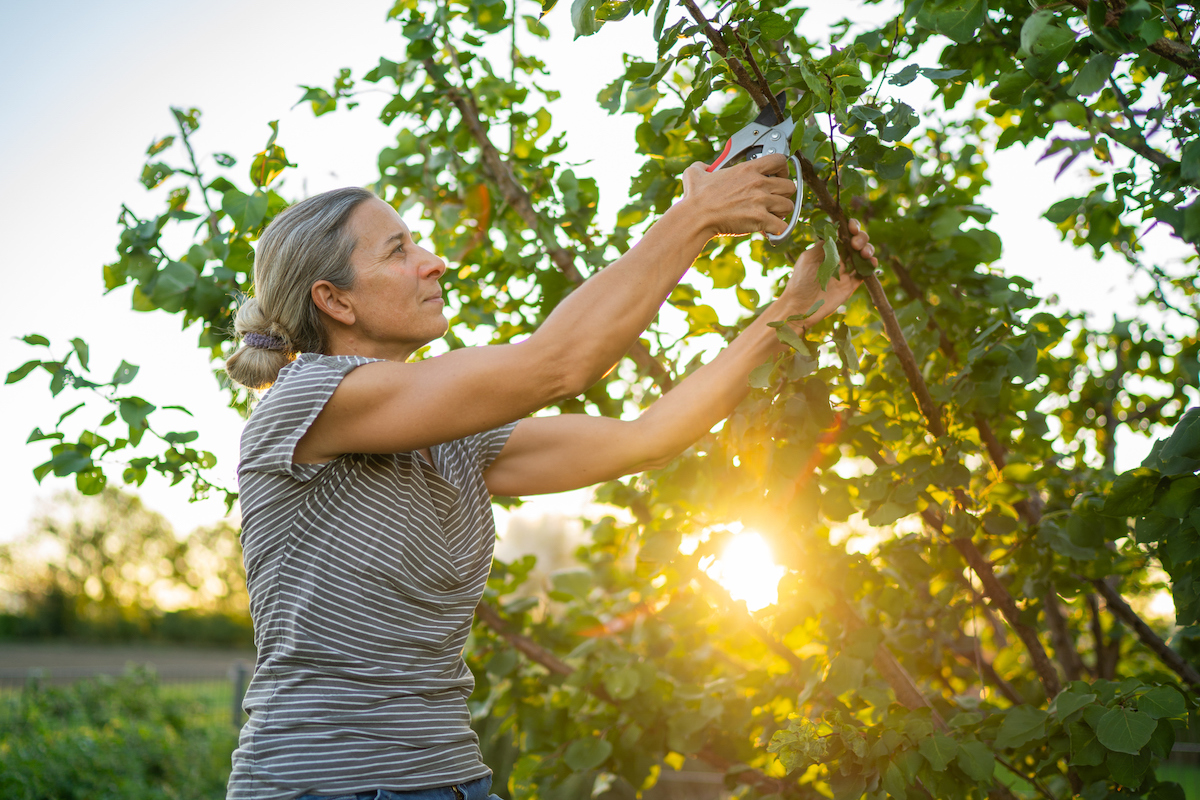
Garden tasks like pruning, fertilizing, and transplanting cause stress for plants. Under normal circumstances plants can recover quickly, but during a heat wave these chores add unnecessary stress that can put plant health at risk. During a heat wave, avoid pruning, fertilizing, or transplanting. Wait until the stretch of hot weather has passed to tackle heavy-duty garden tasks.
RELATED: Weathering Water Restrictions: How to Save Your Landscape From the Effects of Drought
8. Move Containers
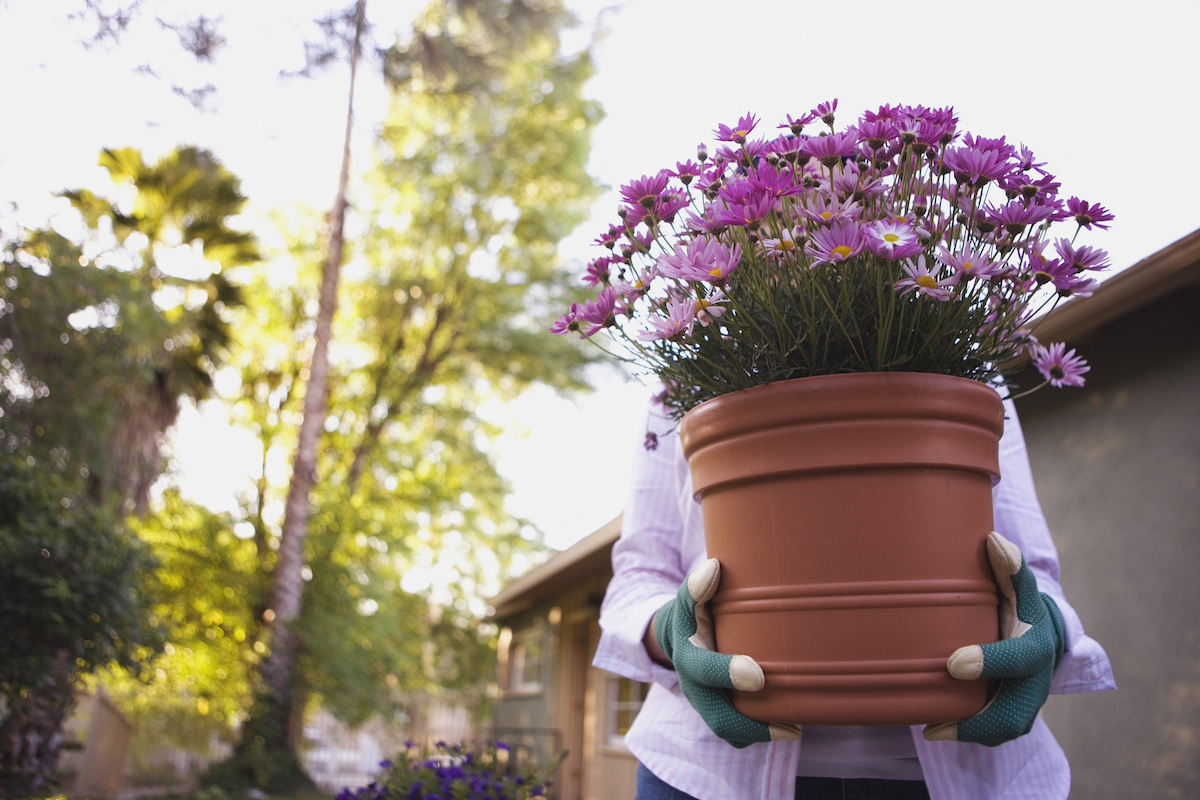
The benefit of container gardening is that you can move your plants around at will. Is your pot of cucumbers looking droopy in the sun? Place it in a shadier area until the heat wave is over. You can even bring containers of cool-season vegetables indoors during late-season bouts of hot weather.
RELATED: 14 Ways to Help Your Garden Survive a Heat Wave
9. Use Other Plants as Protection

When planting your garden, plan for potential heat waves. Consider transplanting delicate seedlings under tall plants, or sow seeds below lush vegetation to protect them from the sun. Tender plants can burn and wilt in direct sunlight, so placing them in the shade of mature foliage gives them a fighting chance.
The shade of a plant is sort of like a microclimate, an area within a larger one that varies enough in sun, heat, and wind exposure to offer plants slightly different conditions. Watch how the sun moves through your yard or which spots and walls cool off soonest in the evening to help you decide where to grow various plants. If a heat wave hits your region, you’ll be glad you took the time to plan ahead.
10. Check Water Regulations
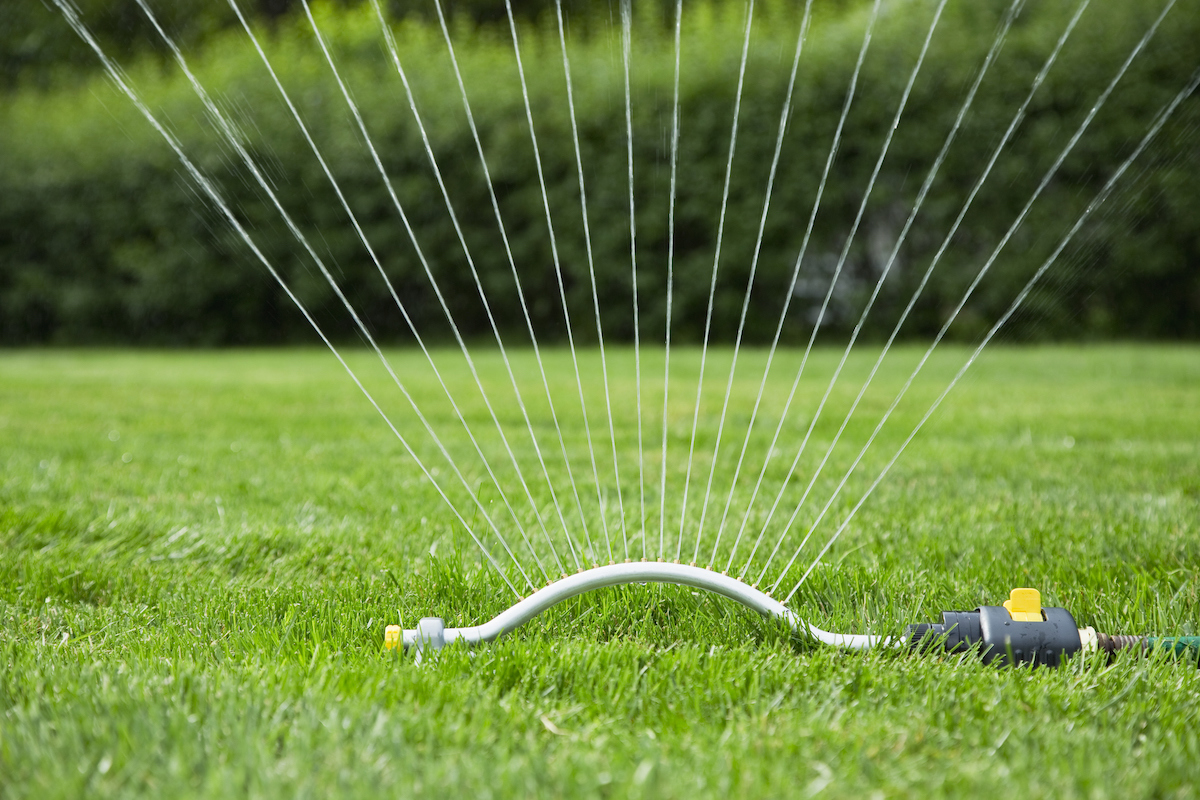
Before you plan your watering schedule and grab your garden hose, check your city’s regulations about watering during the summer. In an effort to prevent water waste and ensure that water supplies don’t become overtaxed, some towns have instituted rules about watering during a heat wave. Those who don’t stick to the rules might end up with unwelcome fines.
RELATED: 30 Water-Saving Habits to Start Right Now
11. Stay in Your Zone

Climate change doesn’t just affect plants on the hottest days. Intensified global warming is affecting the length of growing seasons, plant hardiness zones, and the total number of hot days plants must endure each year. It’s always tempting to try a plant that lies on the edge of our region’s cold hardiness or heat tolerance, but try to find a native alternative if you can.
Native plants are more adapted to climate extremes where they grow naturally, and can better tolerate heat extremes. In short, if you see lots of a particular shrub in your community, especially in natural areas, chances are it will be easier for you to keep it alive during peak heat than a non-native shrub.
12. Watch the Weather
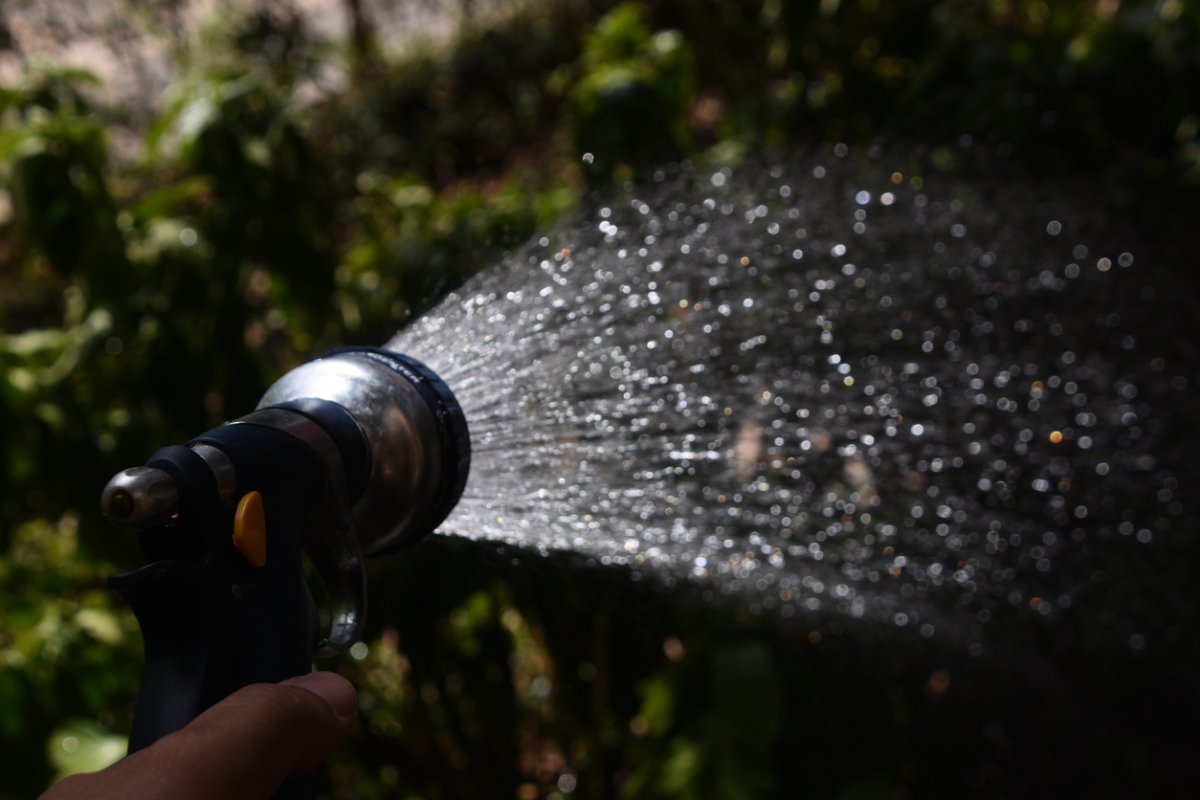
Although morning watering typically is recommended, when it’s hotter than usual, plants can benefit from a drink at night. When you see near-record heat in your forecast, plan ahead and water vegetables or susceptible shrubs and flowers the night before. Water slowly and deeply by letting the water drip from irrigation, a soaker hose, or by adjusting the flow to your garden hose. Although it’s never good to waste water, it’s OK to water more than you normally would during a heat wave.
If some tender or young plants often wilt in heat, go ahead and cover them with temporary shade the evening before or before heading to work in the morning. The landscape fabric mentioned above works well, but even a draped sheet or mesh lawn chair placed to block the hottest afternoon sun can help a plant survive.
RELATED: 15 Things to Know Before Laying Landscape Fabric in Your Yard
13. Keep Weeds Down
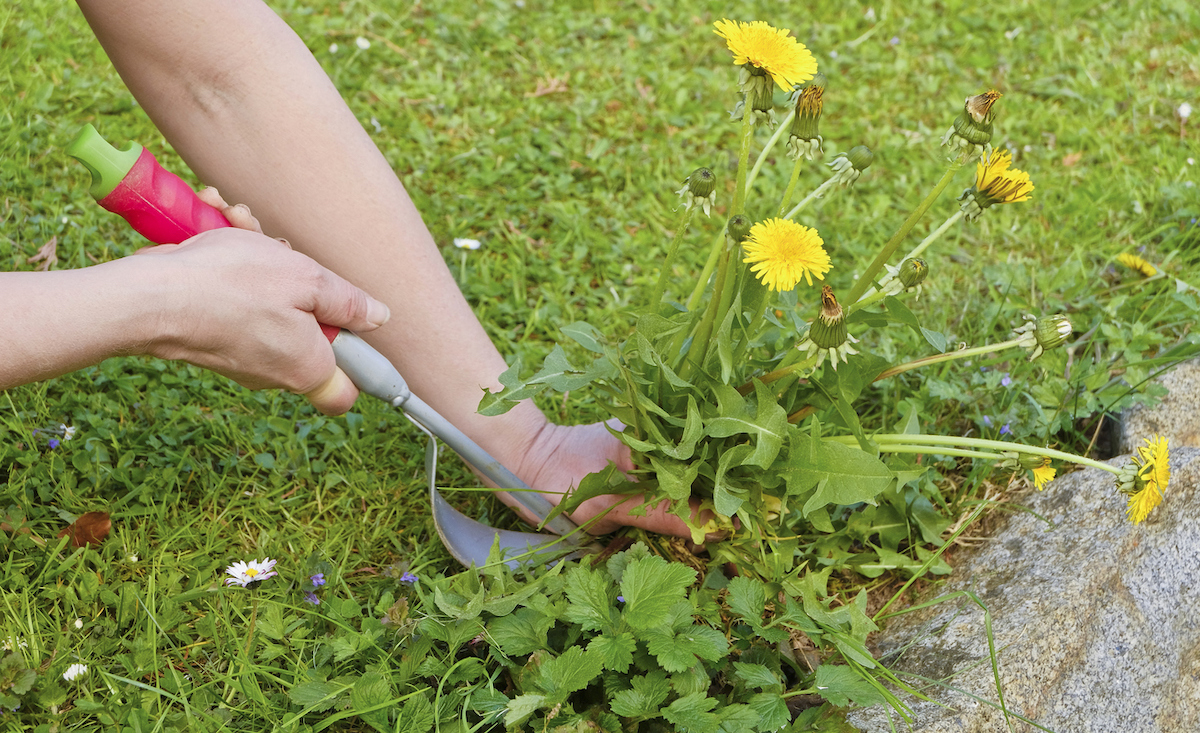
Weeds reproduce by tap root or by setting seeds. The built-in survival mechanisms in weeds help them remain standing when ornamental and vegetable plants struggle. In fact, weeds can rob other plants of water and nutrients, so the fewer weeds in your garden beds, the better.
It might be too hot to pull weeds during the day, but try to stay ahead of the weed problem before a heat wave hits. And if you can get out in the morning or evening to manage weeds, at least you get some vitamin D before heading indoors to fans and air conditioning. As always, opt for pulling weeds first, and spraying as a last resort. Although the spray might tackle the weed, herbicide sprays can drift and settle on other plants.
14. Recognize the Signs of Heat Stress

Some signs of heat stress resemble other plant problems, like dryness or disease, which is why it helps to learn signs of heat stress. In extreme heat, the leaves of tomatoes, corn, and other crops typically roll upward and cup. Wilting can be a sign of low water, as many plants wilt when conserving moisture in response to heat. If a plant recovers in the evening and early morning, the wilting is the plant’s natural response to heat. Only worry if it wilts for a long period of time and then take some of the measures above to protect wilting plants.
Sometimes, the edges of large leaves dry out in response to heat. Sunscald can appear on leaves or fruit. Expect some fruit and flower production to decrease during and immediately after a heat wave. Plants know to conserve their energy by focusing on staying alive rather than popping with color. Tomato flowers often drop off in heat, but production should pick up again when temperatures go down.
